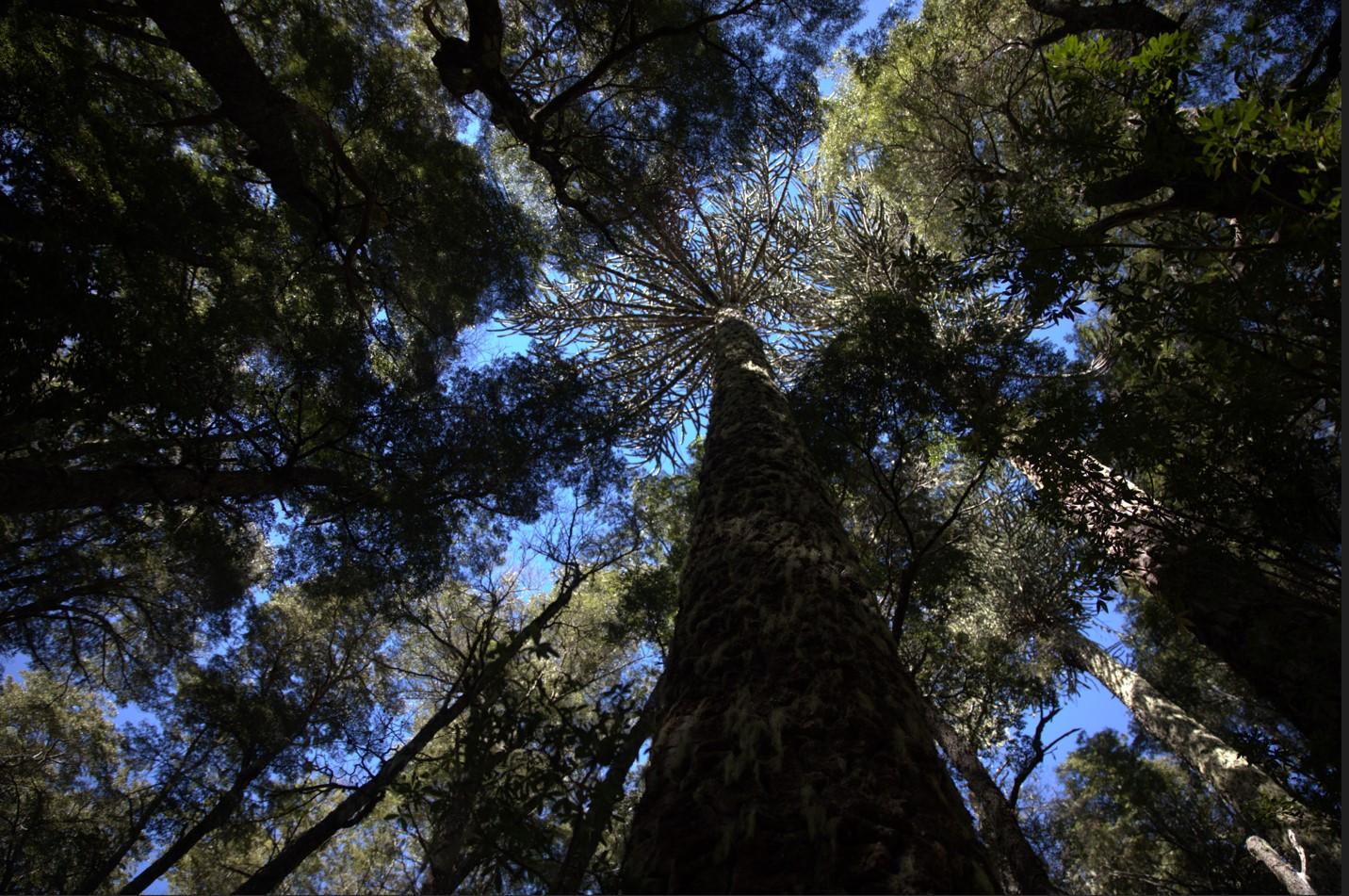
About
The importance of this ecoregion lies in its extraordinary biodiversity value at the transition between two ecosystems of the country, supporting high levels of (micro) endemic species, species that only occur there and cannot be found anywhere else in the world. Moreover, these regions are characterized by the strong presence of both rural and indigenous Mapuche communities, intimately and culturally related to the land.
The province of Malleco with a population of 205,124 people lies on the eastern side of the Nahuelbuta mountain range (‘Na–well– boot–ah’ meaning “big jaguar” in local Mapudungun dialect), where five counties lie along this flank. Because of its high biodiversity value, this mountain range was declared as a World Biodiversity Reserve. It is also part of the “Valdivian Ecoregion” in south-central Chile, one of the 35 biodiversity hotspots on Earth, which also contains the second largest of the world’s five temperate rainforests and therefore represents unique ecosystems that are important to preserve. The landscape covers approximately one million hectares. The region also registers a high fragmentation of its forests due to an accelerated change in land use and forest fires, less than 1% is legally protected.
Within this wide biodiversity of flora, there are trees that have unique flowering, such as ulmo (Eucryphia cordifolia), tiaca (Caldcluvia paniculata), tineo (Weinmannia trichosperma) and others, that produce honeys with remarkable differences in flavor, color, aroma and texture. Some of them, such as the tineo, bathe the forests with a sweet aroma.
However, this spectacular biodiversity is threatened. The natural capital has been eroded due to industrial land conversion of native forests to agricultural areas and exotic tree plantations, causing native forest fragmentation and soil degradation, as well as a loss of ecosystem services. At present, 200,000 ha of native forest remain in Nahuelbuta, with a high level of fragmentation, only 19,000 ha are in the hands of small landowners and indigenous
mmunities, and most of the remaining area is owned by forestry companies (WWF Chile, 2011). The industrial forestry sector also represents an employer of a large proportion of the workforce, however tree plantations of exotic species can negatively affect the local population, via reductions in water availability, increased fire risk, contamination from pulp mill production and clearcutting and the loss of many beneficial species of sociocultural importance, including reduced access for Mapuche indigenous communities to native plants for dietary and medicinal purposes.
Moreover, based on a suite of social indicators (including unemployment, income), 35% of the population in rural areas of south-central Chile is considered in a state of multidimensional poverty. In addition, science has identified higher rates of vulnerability in rural communities to the effects of climate change. This vulnerability includes water security for these communities that depend on small watersheds for their provision. These watersheds have lost much of their native forest, which in the past ensured a constant supply of water but are more hard-pressed to provide that service in their degraded state.
WWF Chile has carried out extensive work in the Nahuelbuta landscape and the ecoregion to restore terrestrial habitats to recover biodiversity and ecosystem services, particularly the provision of fresh water. This is one of WWF Chile´s priority landscapes given its high ecological and socio-cultural value and vulnerability. WWF, together with local stakeholders, has engaged in strengthening the governance of key activities to manage natural resources, incorporate a gender approach and prepare to adapt to climate change. This governance is based on multi-stakeholder participation with the aim of diversifying income opportunities, reducing pressure on natural resources and recovering ecosystem services.

